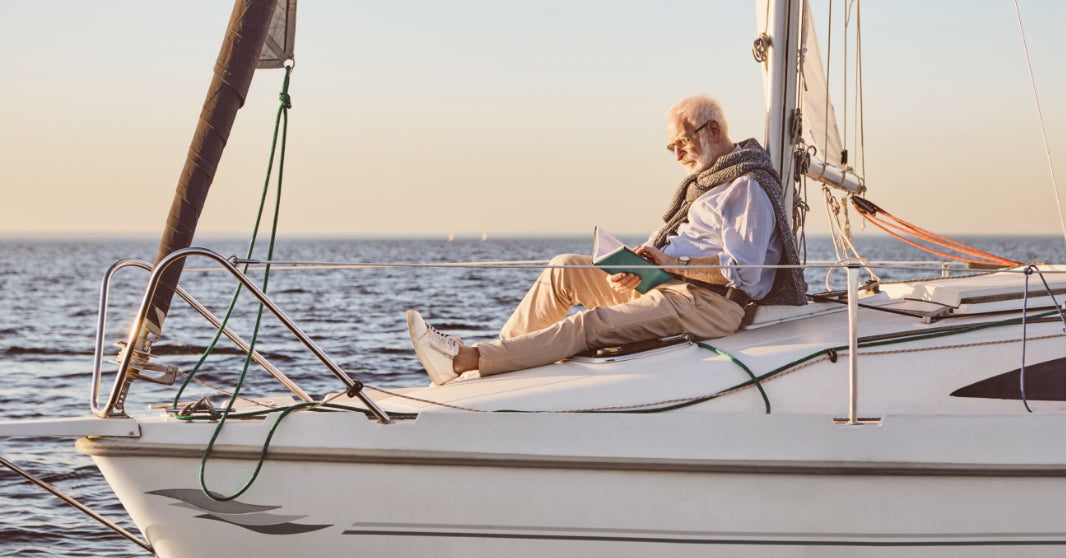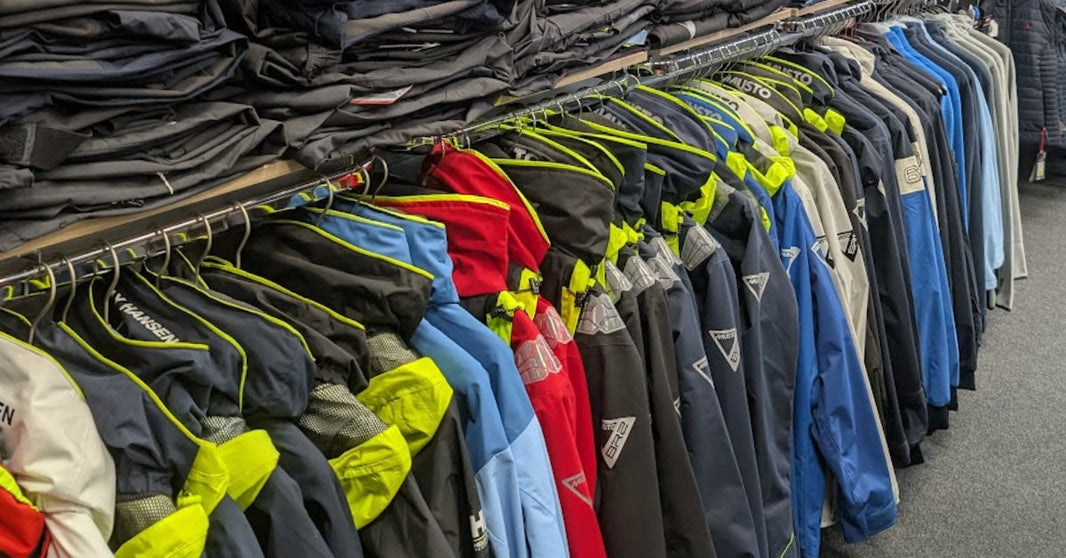If you’ve spent any time on the water, whether that’s drifting a kayak at dawn or chasing bass from your boat, you’ll know one truth: finding fish isn’t always the hard part… knowing what’s below you is.
That’s where a fish finder earns its keep. These clever little units (or not-so-little, depending on your setup) reveal what’s happening under the surface, helping you spend less time guessing and more time actually fishing.
Below is a simple, no-nonsense guide answering the questions people genuinely ask: Do fish finders work? How much is a fish finder? Are Garmin or Humminbird any good? Plus, we’ll walk through the models we stock - including Garmin, Humminbird, and Raymarine - and help you choose the right fish finder for your boat or kayak.
What is a Fish Finder?
A fish finder (sometimes called a fishfinder, fish sonar finder or fish finder and depth finder) uses sonar pulses to show what’s beneath your hull - fish, structure, weed, and, importantly, depth. Think of it as underwater vision.
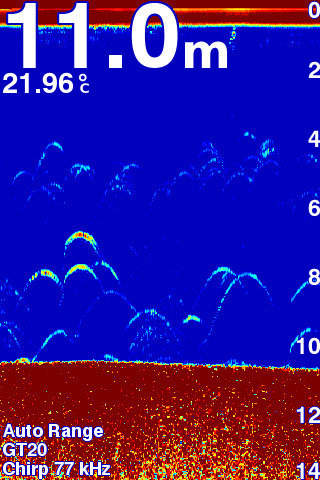
Modern fish finders can show:
- Fish arches (see image above) and schools
- Bottom structure (sand, clay, rock, wrecks)
- Depth changes you’d never see from the surface
- Water temp
- GPS charts (on combo units)
If you’re fishing from a boat or kayak, they make a serious difference to how you locate fish.
Do Fish Finders Work?
Short answer: Yes. Very much so.
Longer answer: A sonar fish finder works by sending sound waves into the water. These bounce off objects and return data to the display. The clearer the sonar system and the more accurate the software, the better the picture you get.
Brands like Garmin, Humminbird, and Raymarine have refined this tech for years. So yes - modern fish finders absolutely work, and they work brilliantly.
How Much Is a Fish Finder?
Prices vary depending on screen size, sonar capability and whether you need GPS mapping.
A quick breakdown:
- Entry-level fish finders (e.g. Humminbird PiranhaMAX 4 or Garmin Striker 4) from around £120 - £150
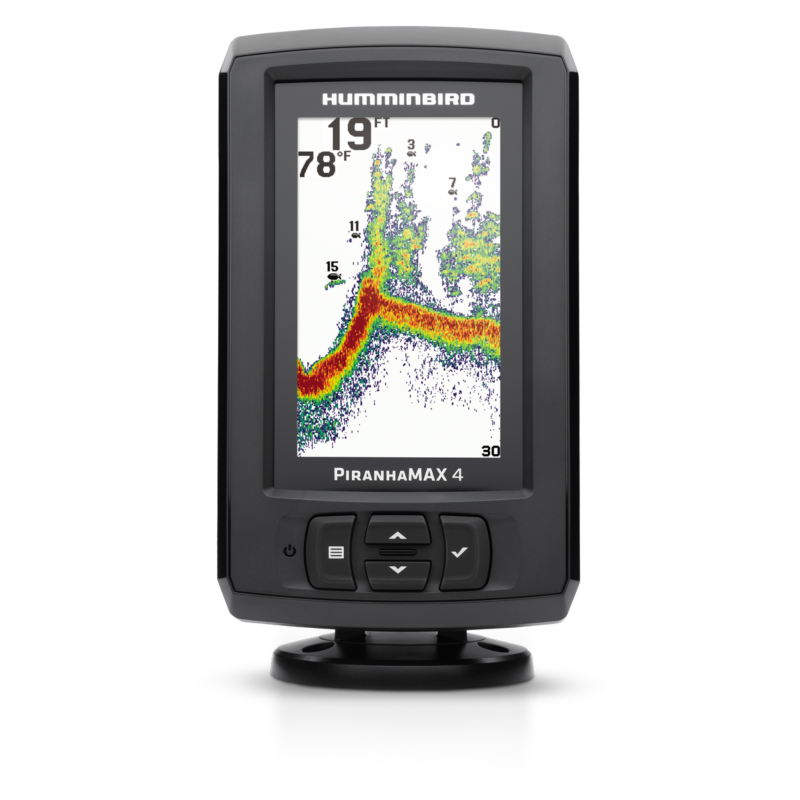
- Mid-range fish finder and depth finder combos like the Garmin Striker Vivid 7CV: £200 – £500
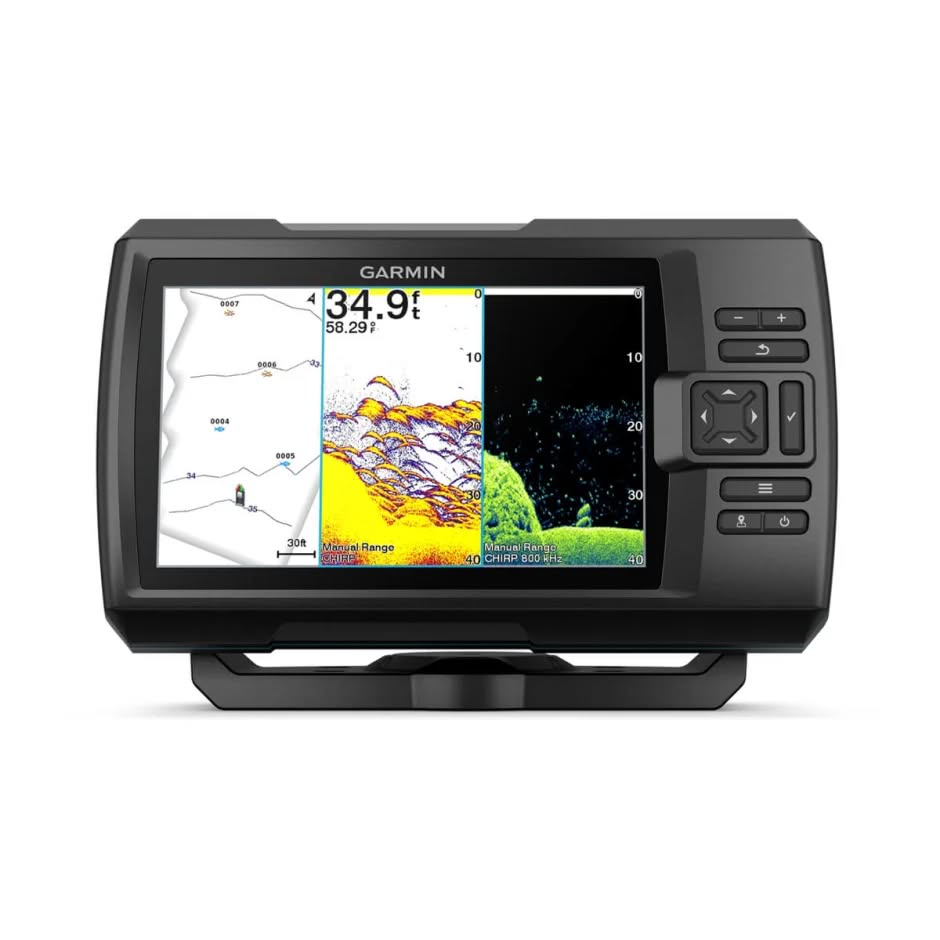
- Advanced models with CHIRP sonar & mapping (e.g. Raymarine CP100 DownVision Fish Finder): £500 - £1,500+
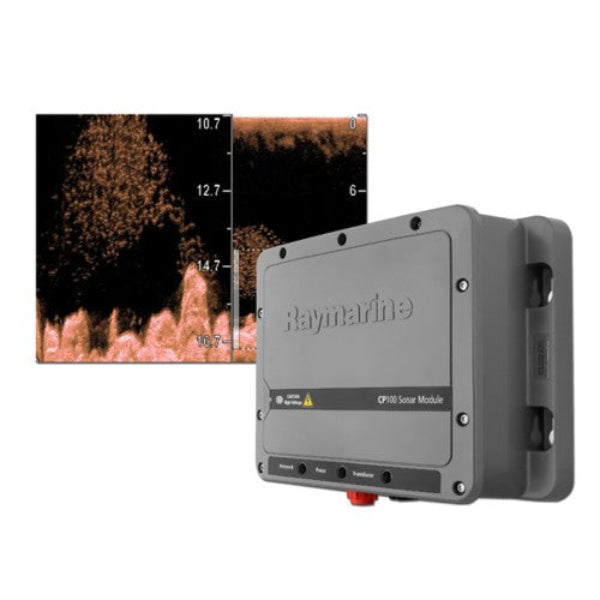
At Morgan Marine, we stock fish finders across this range, so choosing something that fits your budget isn’t a problem.
Are Fish Finders Worth It?
If you enjoy catching more fish (or simply understanding the water you’re on), then yes, they’re worth every penny.
A good fish sonar finder helps you:
✔ Find fish faster
✔ Understand depth and drop-offs
✔ Stay safe by showing underwater hazards
✔ Learn new venues quickly
✔ Build confidence in your fishing
Plenty of anglers upgrade from guesswork to sonar and never look back.
Are Garmin Fish Finders Any Good?
Garmin is one of the biggest names in marine electronics, and their fish finders are known for:
- Clean, intuitive screens
- Excellent CHIRP sonar
- Reliable GPS mapping (Echomap series)
- Very solid build quality
Brilliant value. Crystal-clear sonar. A favourite for small boats and kayaks.
Chart plotting + high-sensitivity sonar. Great for serious anglers who want mapping and upgraded transducers.
If you’re wondering “Are Garmin fish finders any good?” - the answer is yes, and they’re some of the easiest to use on the market.
Are Humminbird Fish Finders Any Good?
Humminbird is known for rugged, no-fuss tech that simply works. Their sonar is excellent for picking out structure and bottom hardness - ideal for predator anglers and general freshwater use.
We stock the Humminbird PiranhaMAX 4, which is fantastic as an affordable, clear and reliable fish and depth finder.
What About Raymarine?
Raymarine shines when clarity matters. Their CHIRP fish finders, especially the Raymarine CP470, deliver exceptional target separation - great for offshore and saltwater anglers.
If you want the most detailed sonar picture possible, Raymarine is a strong choice.
Which Fish Finder Should You Choose?
Best for Boats
Garmin EchoMap - for chartplotter & sonar
Raymarine CP470 - for maximum sonar detail
Garmin Striker - great performance without GPS charts
Best for Kayaks
Garmin Striker 4 Plus – lightweight, easy setup
Humminbird PiranhaMAX 4 – rugged, affordable
Best for Beginners
Humminbird PiranhaMAX 4
Garmin Striker 4
If you’re unsure, drop into the chandlery at Brightlingsea - we’ll happily talk through what suits your boat (or kayak) and your type of fishing.
How to Use a Fish Finder (Simple Guide)
You can deep-dive into manuals but here’s the quick version:
- Mount the transducer, if applicable, properly – this is crucial for accurate readings.
- Turn on auto mode – modern units are smart enough to handle 90% of conditions.
- Learn to read the display – fish arches, bait balls, structure, drop-offs.
- Adjust sensitivity – too much and you get clutter, too little and you miss detail.
- Use GPS (if included) – mark hotspots, troll lines, and safe routes.
Five minutes of learning gets you hours of better fishing.
So… Do You Actually Need a Fish Finder?
You don’t need one, but you’ll definitely benefit from one.
If you like making the most of your time on the water, a fish finder isn’t just a gadget. It’s a tool that:
- Improves safety
- Improves efficiency
- Improves your fishing
And with models available from Garmin, Humminbird, and Raymarine, there’s something for every angler and every budget.
Shop Fish Finders at Morgan Marine
If you’re fishing in the UK and want the right kit, with proper advice from real boaters, you’re in the right place.





